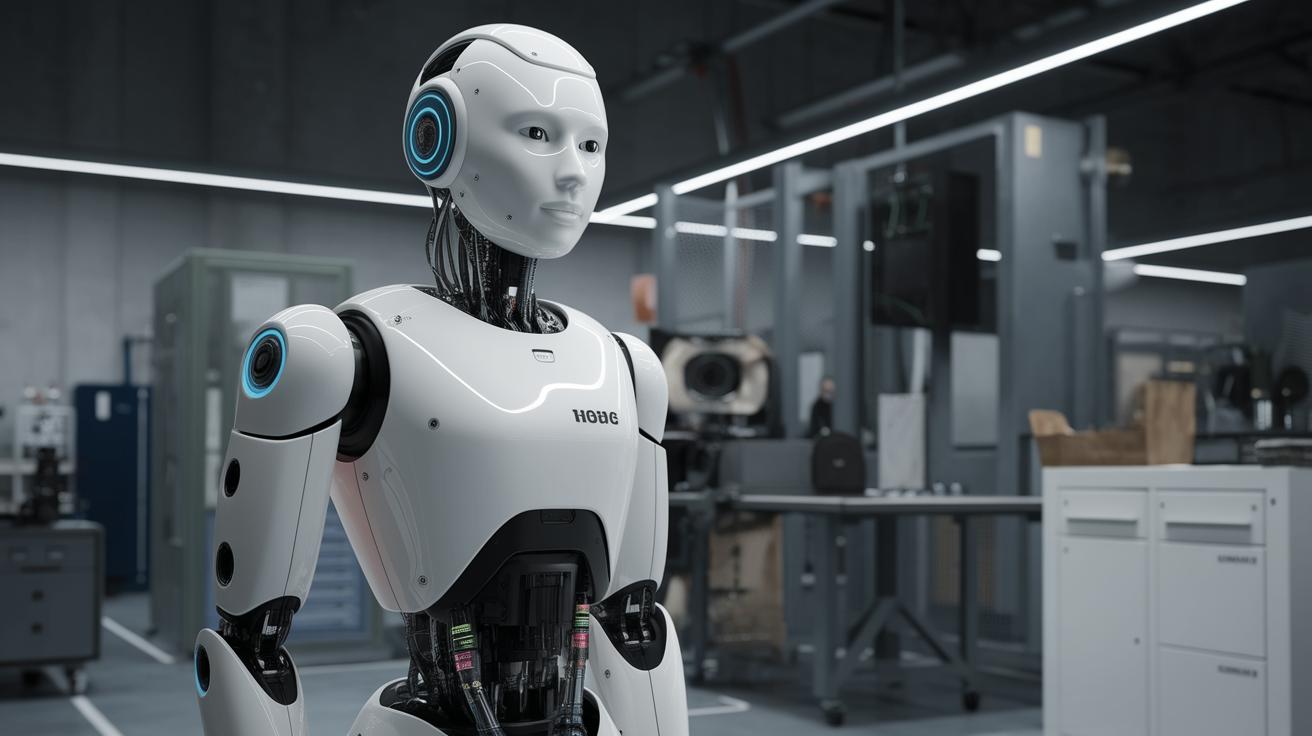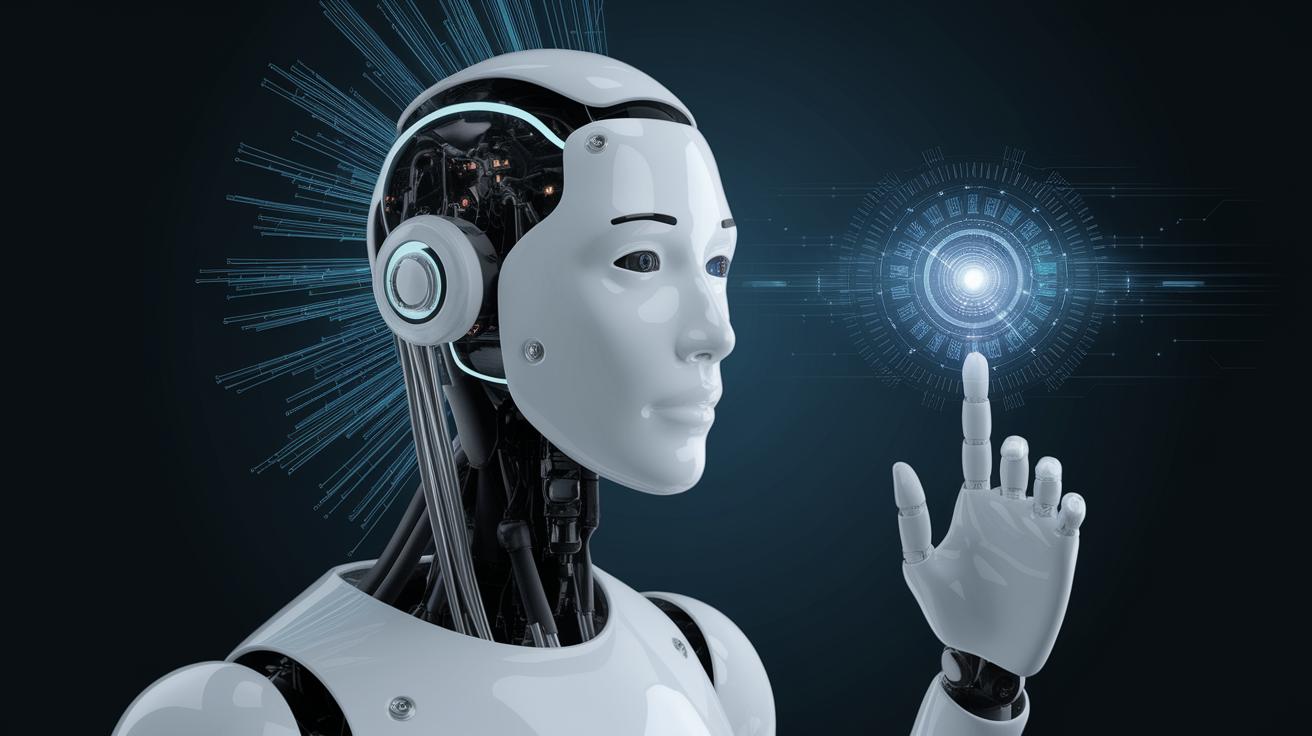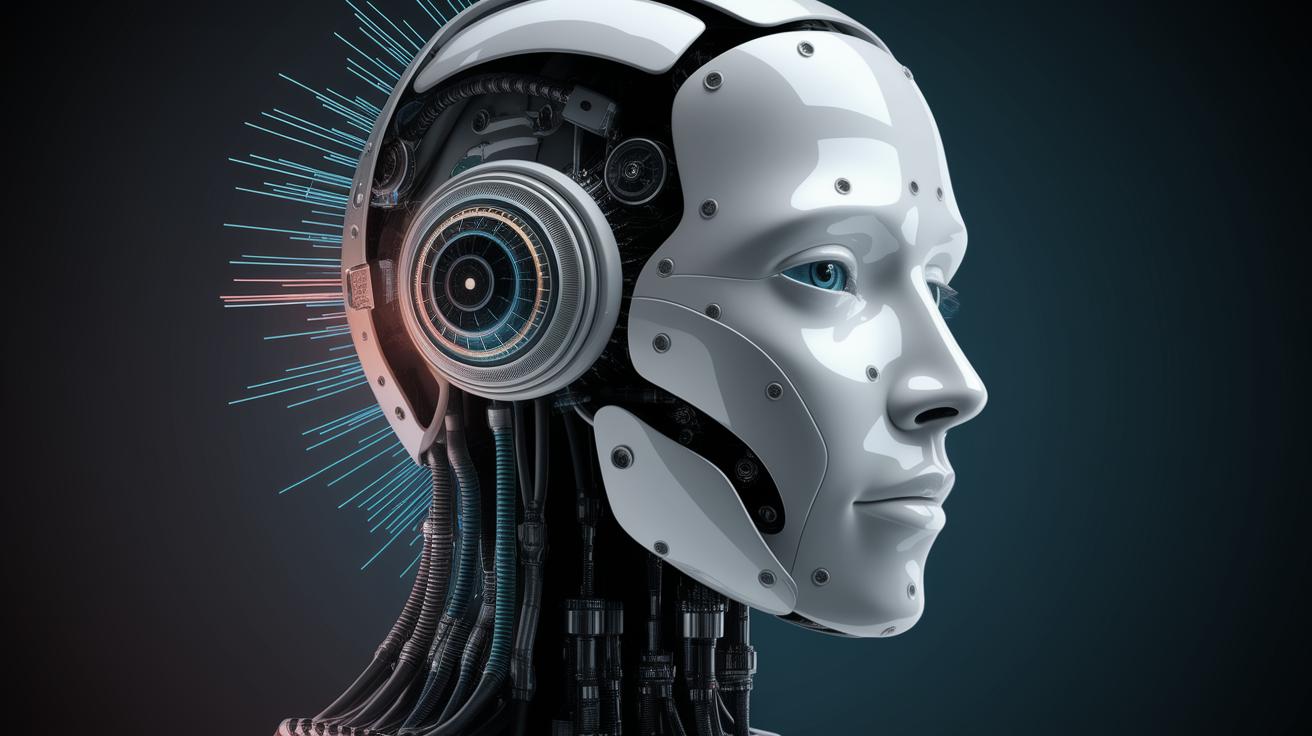How Robotics is Transforming Modern Industries
Robotics is one of the most significant technological advancements of our era, redefining the landscape of various industries. From manufacturing plants to agricultural fields, robots have integrated seamlessly into different sectors, improving efficiency, precision, and safety. This blog post delves into how robotics is revolutionizing modern industries, highlighting its role in manufacturing, agritech, and beyond. We’ll explore the ongoing robotics revolution as a paradigm shift and provide insights into future developments. For more detailed insights into innovative robotics trends, follow our recommended link.
The Robotics Revolution: A Paradigm Shift
The integration of robots into various sectors marks a paradigm shift in how industries operate. Robotics technology allows for increased operational efficiency through automation, thereby reducing human error and increasing precision. This shift is not just about replacing manual labor; it’s about enhancing capabilities and pushing boundaries of what was previously thought possible.
Advancements in robotics have been driven by exponential growth in AI and machine learning, enabling robots to perform more complex tasks. These robots can adapt to different tasks, learn from their environments, and work alongside human counterparts in collaborative roles. As technology continues to improve, we can expect to see even more integration of robotics across sectors, leading to new business models and economic efficiency.
Manufacturing
In the manufacturing sector, robotics has transformed how products are built, assembled, and packaged. Automated assembly lines, once a futuristic concept, are now standard practices, with robotic arms performing tasks such as welding, painting, and quality control with high accuracy and speed. These advancements have led to increased production rates and reduced costs, significantly impacting the bottom lines of companies worldwide.
The collaborative robot, or cobot, is an emerging trend in manufacturing, designed to work alongside human employees. These cobots are outfitted with sensors to ensure safety in shared spaces and can handle repetitive tasks, freeing human workers to focus on more complex and creative duties. This synergy between human and robot creates a dynamic workforce that can adapt to changing demands and increase overall productivity.
Agritech Robotics
The agriculture industry faces unique challenges such as labor shortages, climate change, and the need for improved sustainability practices. Agritech robotics offers solutions by automating tasks like planting, harvesting, and pest control. Drones and autonomous machinery can cover large fields, collecting data to inform decision-making and optimize resource usage. This precision agriculture enhances crop yields while minimizing environmental impact.
Robotics in agritech also brings innovation in livestock management, where robots can monitor animal health and automate feeding and milking processes. These technologies not only increase productivity but also improve animal welfare by reducing stress and human error. As agritech robotics continue to evolve, the potential to sustainably feed a growing global population becomes increasingly achievable.
Here is the link for more
https://bold-awards.com/innovative-robots/
For those interested in exploring more about cutting-edge robotics and innovation, visit the provided link which offers a comprehensive look into the latest trends and developments in the field. Discover how pioneering technologies are reshaping industries and the exciting future prospects of robotics application.
Next Steps
| Industry | Impact of Robotics | Future Prospects |
|---|---|---|
| Manufacturing |
Increased automation, enhanced precision, introduction of collaborative robots. |
Continued integration of AI, further innovation in collaborative robotics. |
| Agritech |
Automation of planting, harvesting, precision agriculture, enhanced animal welfare. |
Advanced autonomous machinery, sustainable practices, global application. |
| General Trends | Collaboration with AI and humans, paradigm shift in operations. | New business models, ongoing technological progression. |


